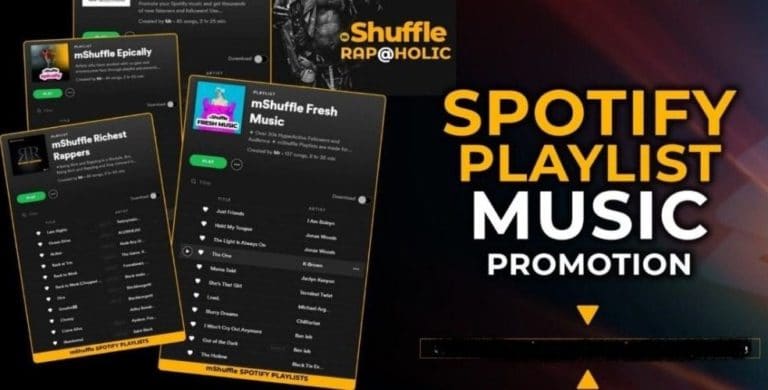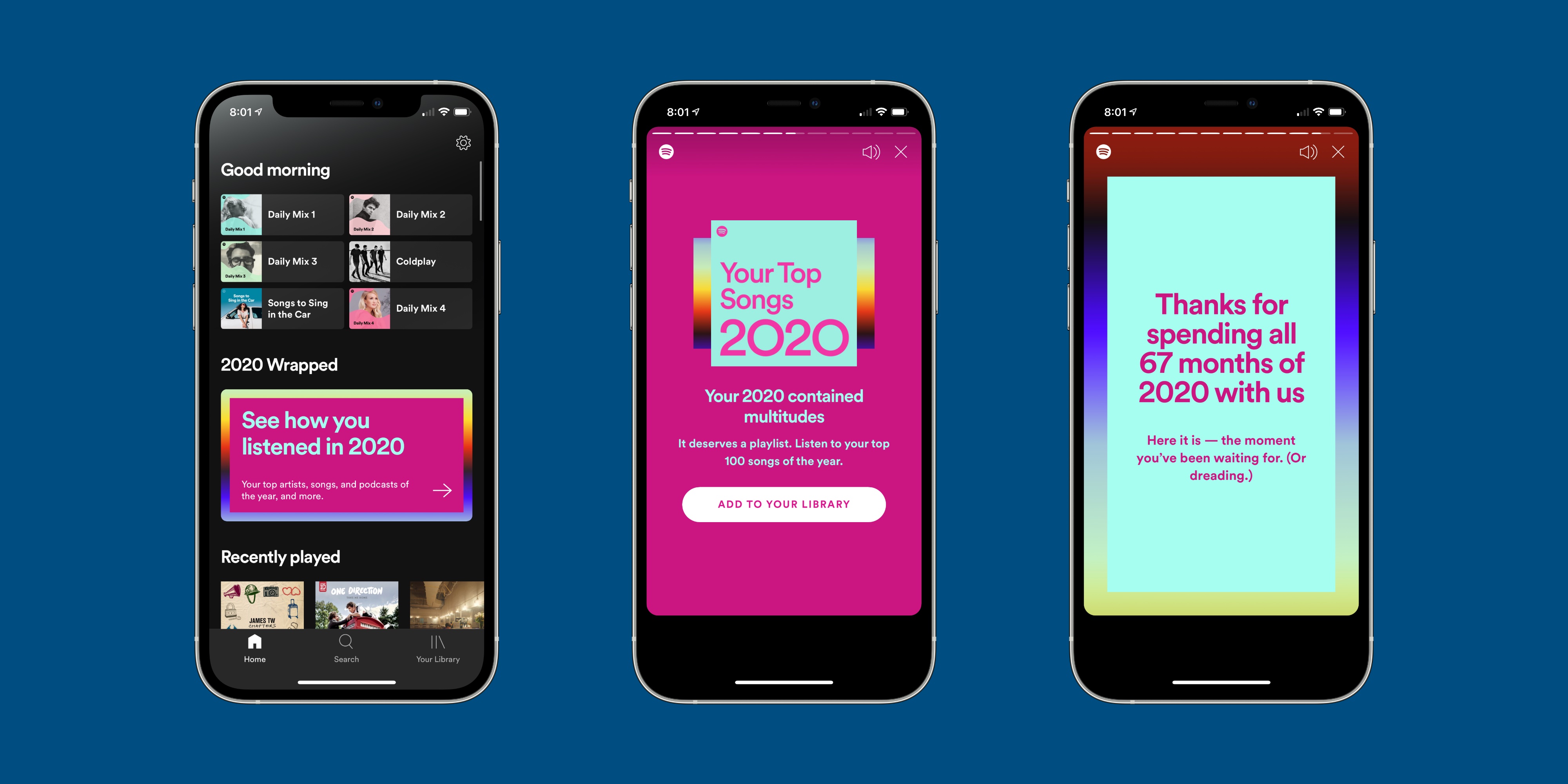
What such a system change can look like will be regularly covered in our iGroove magazine. The numbers emphasize why more and more artists are demanding a change in the way revenues are distributed. At the same time, a total of 800 artists received around 20% of the total payout. So, even in the top elite there are around 49,000 artists who made less than $100,000 per year, while only 0.1% of all artists made six figures. But even among this this 0.7% elite there are massive differences: 800 artists received $1 million or more and 7,500 artists made over $100,000. 4.5 billion therefore went to only 57,000 artists (or rather, their labels), which on average equals $79,000 per artist. At their “Stream On” event in 2020, Spotify announced that they paid out more than $5 billion. 800 artists receive 20% of the total revenueĪs of the status quo, it’s 0.7% of artists who rake in 90% of the revenues.

Spotify projects this number to go up to around 100,000 by 2023. That may sound like a small number, but it’s four times as many as it was six years ago. But out of these 8 million artists, only 57,000 are responsible for 90% of all streams on Spotify. 57,000 artists account for 90% of streamsĪccording to Spotify, there are 8 million artists on the platform who released a total of 1.8 million albums (including singles, they make up the aforementioned 22 million tracks).

But most of these songs drown in the flood of new music – because only a fraction of artists actually make bank. The remaining 11 million songs are covered by independent labels. DIY artists released 9.5 million tracks, meaning eight times as many. A study has shown that of these, 1.2 million songs were released through major labels. That’s almost 22 million tracks per year.

There are 8 million artists on Spotify, but only 57k account for 90% of all streams.


 0 kommentar(er)
0 kommentar(er)
